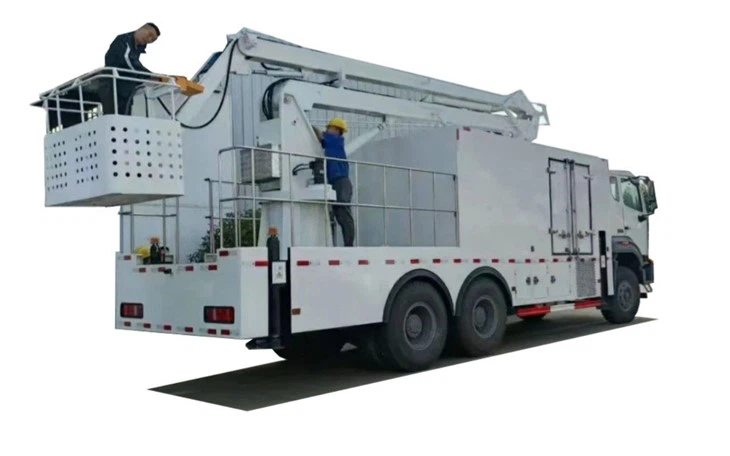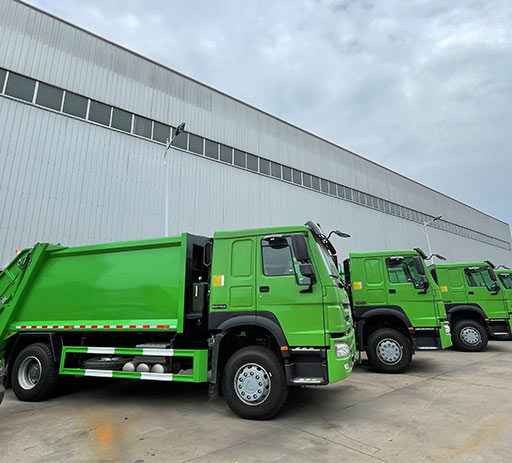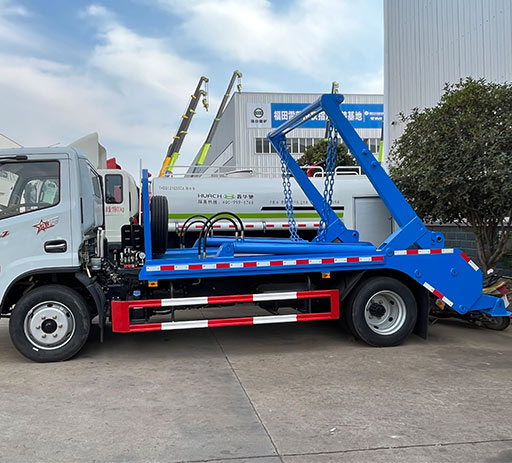Understanding the Difference Between LNG and LPG

Introduction
Liquefied Natural Gas (LNG) and Liquefied Petroleum Gas (LPG) are two crucial components in the energy market, often used for heating, electricity generation, cooking, and as fuel for vehicles. While both are versatile energy sources, they have distinct characteristics, compositions, applications, and impact on the environment. In this article, we will delve into the differences between LNG and LPG, explore their uses, safety aspects, and provide practical tips for consumers.
What is LNG?
LNG, or Liquefied Natural Gas, is natural gas that has been cooled to a liquid state at about -162°C (-260°F) for storage and transportation. When in this liquefied form, it takes up approximately 1/600th of its volume as a gas, making it easier and more cost-effective to transport over long distances, particularly where pipelines are not feasible.
Composition of LNG
LNG primarily consists of methane (CH4), usually over 90% by volume. Other components may include small amounts of ethane, propane, butane, and nitrogen. The purity of LNG makes it a cleaner fuel in terms of emissions.
How LNG is Made
The production of LNG involves three key steps:
- Extraction: Natural gas is extracted from underground reservoirs.
- Processing: The gas is processed to remove impurities and separate heavier hydrocarbons.
- Liquefaction: The purified gas is cooled to -162°C, turning it into a liquid state.
What is LPG?
LPG, or Liquefied Petroleum Gas, is a mixture of two hydrocarbons: propane (C3H8) and butane (C4H10). These gases can be liquefied under moderate pressure and are commonly used for heating, cooking, and as a fuel for certain vehicles.
Composition of LPG
LPG is mainly composed of propane and butane, though the exact composition varies based on the source and intended use. Typically, LPG consists of about 60% propane and 40% butane, but this can vary.
How LPG is Made
The production of LPG involves two primary processes:
- Crude Oil Refining: LPG is separated from crude oil during the refining process.
- Natural Gas Processing: LPG is extracted from natural gas, usually during refining to remove heavier hydrocarbons.
Key Differences Between LNG and LPG
| Characteristic | LNG (Liquefied Natural Gas) | LPG (Liquefied Petroleum Gas) |
|---|---|---|
| Composition | Mainly methane | Propane and butane mix |
| Production Temperature | –162°C | –42°C (propane) to 0°C (butane) |
| Flammability | Higher ignition temperature | Lower ignition temperature |
| Transportation | Requires specialized cryogenic tanks | Transported under pressure in standard tanks |
| Common Uses | Electricity generation, heavy-duty vehicles | Cooking, heating, vehicles, and camping |
| Environmental Impact | Lower CO2 and particulate emissions | Higher CO2 emissions than LNG |
Applications of LNG
Power Generation
LNG is widely used for electricity generation due to its high energy content and lower emissions compared to coal and oil. Power plants utilizing LNG provide cleaner energy and help in reducing greenhouse gas emissions.
Transportation Fuel
As a cleaner alternative to diesel and petrol, LNG is becoming popular in the transportation sector. It is used in heavy-duty trucks, ships, and even trains, leading to a significant reduction in air pollution.
Industrial Uses
Industries employ LNG for various processes, which include heating, steam generation, and as feedstock in chemical manufacturing, particularly in producing ammonia and hydrogen.
Applications of LPG
Residential Heating and Cooking
LPG is commonly used for home heating and cooking, particularly in areas without natural gas pipelines. It’s portable, making it ideal for rural settings.

Agricultural Uses
Farmers utilize LPG for crop drying, greenhouse heating, and as fuel for farm vehicles and equipment, showcasing its versatility in agriculture.
Commercial Uses
Restaurants and catering services often rely on LPG for cooking, heating, and hot water systems due to its efficiency and convenience.
Safety Considerations
LNG Safety Measures
Due to its low temperature and flammability, safety measures for LNG include:
- Using double-walled tanks for storage.
- Regular maintenance and monitoring of equipment.
- Ensuring adequate ventilation in storage areas.
LPG Safety Measures
For LPG, safety measures can include:
- Proper tank installation and regular inspections.
- Maintaining adequate ventilation to prevent gas buildup.
- Using gas detectors to monitor leaks.
Environmental Impact of LNG and LPG
LNG and Carbon Emissions
LNG has a lower carbon footprint compared to other fossil fuels. Its combustion produces significantly less CO2 and pollutants like nitrogen oxides (NOx). Switching from coal to LNG for power generation is an effective way to reduce greenhouse gas emissions.
LPG and Carbon Emissions
While LPG emits more CO2 than LNG, it still produces lower emissions compared to traditional fuels like coal and heating oil. The use of LPG contributes to improved air quality, particularly in urban areas.
Practical Examples and Tips for Consumers
Choosing Between LNG and LPG

When deciding between LNG and LPG, consider the following factors:
- Availability: Check if either fuel is accessible in your area.
- Cost: Compare the costs of installation and fuel prices.
- Usage Needs: Assess your energy requirements based on heating, cooking, or industrial use.
Storage and Handling Tips
For safe storage and handling of LNG or LPG:
- Store tanks in a well-ventilated area.
- Keep tanks away from flammable materials.
- Regular maintenance and inspections to ensure safety compliance.
FAQ Section
What are the main differences between LNG and LPG?
The main differences include their composition (LNG is mostly methane, while LPG consists of propane and butane), production temperatures, and common uses. LNG is often used for power generation, while LPG is more commonly used for cooking and heating.
Is LNG safer than LPG?
Both LNG and LPG have safety protocols in place, but LNG requires handling at extremely low temperatures, which can pose risks. LPG is flammable under pressure and can cause explosions if not handled properly. Safety practices are essential for both fuels.
Can I use LPG appliances with LNG?
No, you cannot interchange LNG and LPG in appliances. Each type of gas has specific appliances designed for its chemical properties. Using the wrong fuel can lead to malfunctions and safety hazards.
How do LNG and LPG impact the environment?
LNG generally has a lower carbon footprint and emits fewer pollutants compared to LPG, making it a cleaner fuel option. However, both gases are cleaner alternatives to coal and oil, contributing to better air quality.
How is LNG transported?
LNG is transported in specially designed cryogenic tanks aboard ships known as LNG carriers. These ships maintain the low temperature required to keep the natural gas in liquid form during transport.

How is LPG transported?
LPG is typically transported in pressurized gas cylinders or during pipeline transport. It does not require the extreme cooling necessary for LNG, making its transport simpler and more cost-effective.
